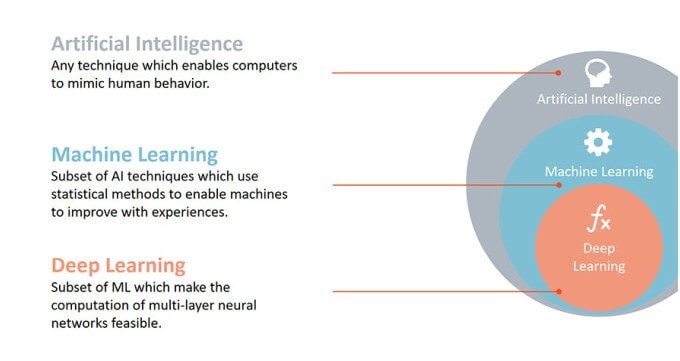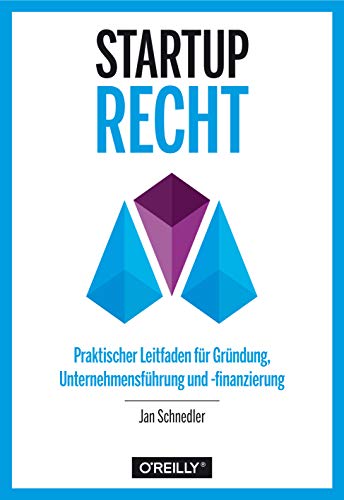Artificial intelligence is something everyone is talking about right now. But opinions often differ when it comes to the definition and origin of the term. We were able to get hold of Johannes Ipsen and lawyer Jan Schnedler to write a series of blog articles to shed light on the subject for us. The following articles by the duo will also deal with the significance of AI for the law, data protection and patents.
What is artificial intelligence?
The term artificial intelligence (AI) originates from the English language. It was first mentioned on August 31, 1955 in a paper entitled “A proposal for the Dartmouth summer research project on artificial intelligence” [1] and simply means:
“the ability of an acting authority to achieve goals in a broad environment of general conditions”
Prof. Dr. Maximilian Herberger [2]
But if you ask 3 people independently what AI is, you will get 4 different answers. In general, it is a conglomeration of concepts and technologies that can be subdivided into different areas, such as:

Source: KDNuggets
Understanding the Concept of Artificial Intelligence
On today’s technical understanding of the term, AI is understood to mean the ability of information technology systems to learn independently from given or collected data.[3] The advantage is that intelligent systems process the data and go through decision-making processes on their own, without further necessary human programming. Thus, a human intervention in such decision-making processes remains dispensable. These processes should be modeled on human decision-making structures.[4]
A distinction must be made between strong and weak AI. A weak intelligence is supposed to support people and help in certain areas, for example in data analysis. Here, it only a question of problems relating to concrete applications.[4]
Strong intelligence is the attempt to mechanize all human thinking. Strong AI can sometimes even surpass a person’s intellectual abilities.[4]
Intelligent systems use so-called algorithms when processing data or making decisions. An algorithm is defined as an approach to solving a problem. Input data is converted into output data in single steps. Such algorithms are created by humans.[5] The area in which such an algorithm may operate is determined by humans. The decisions that intelligent systems make are thus based on the range granted to them by programming. In general, therefore, decision-making processes are only described as a delegation of decision-making power.[6]

Jan Schnedler is a startup lawyer, has been advising technology-oriented innovative startups for many years and is the author of the book “Startup Recht”. He acts as an advising expert to the founding network of the Berlin universities B!gründet, is an arbitrator at the Czech Court of Arbitration, a certified data protection officer and has founded several startups such as Ynicorn GmbH.
Sources:
[1] www-formal.stanford.edu/jmc/history/dartmouth/dartmouth.html
[2] Herberger, NJW 2018, p. 2826.
[3] Russell/Norvig, Artificial Intelligence, p. 2 et seq.; Wischmeyer, AöR 2018, p.3
[4] https://www.bmbf.de/files/Nationale_KI-Strategie.pdf (p.4); Schindler, ZD-Aktuell 2019, 06647
[5] Dettling/Krüger, MMR 2019, p. 211 et seq. (212); Herberger, NJW 2018, 2827; Wischmeyer, AöR 2018, p. 4.
[6] Herberger, NJW 2018, pp. 2825 et seq. (2827).
